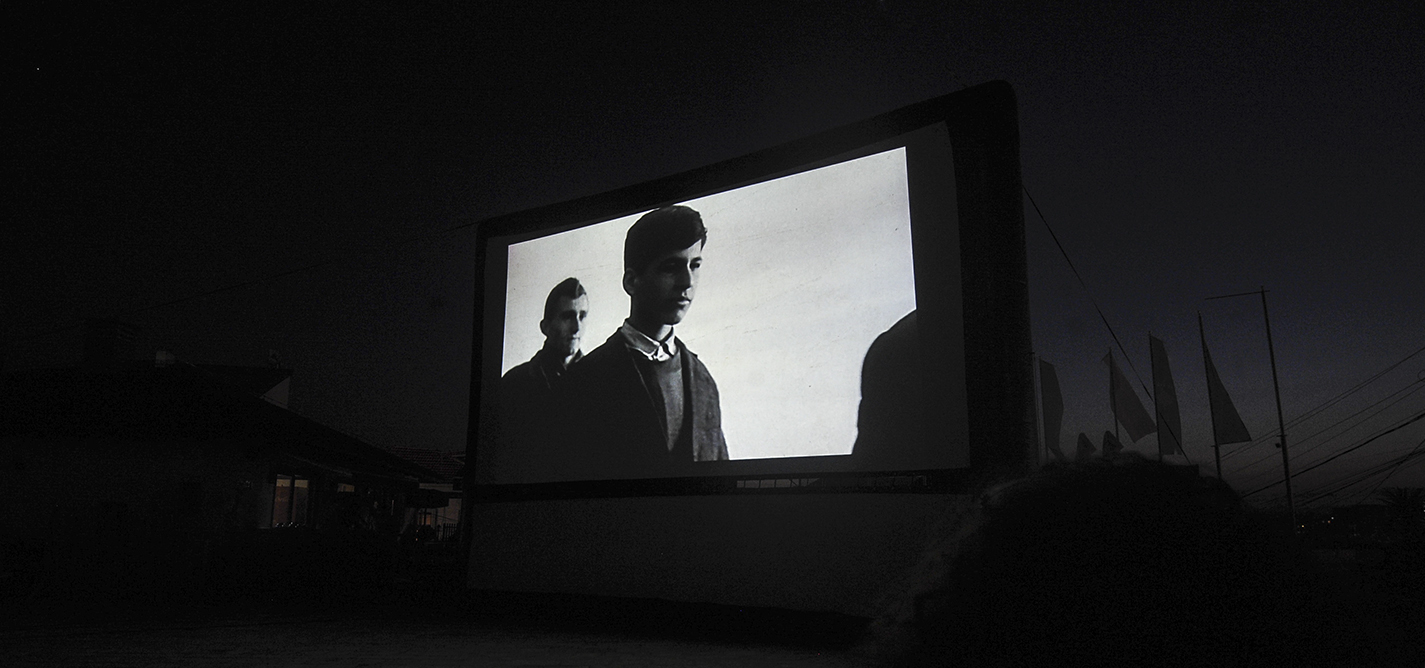
Adem Reka, Ardit Gjoklaj and the machines that took their lives
Have workers’ rights in Albania improved since the days of Hoxha?
|2018.08.13
|
In the early 1970s and 1980s a new working class was born that had higher demands. It was not enough just to get outside the family house. This new class did not accept the same intensity of exploitation.
“Work in fasoneri is the most difficult, the most exploitative and the worst paid today in Albania.”
Professor Arlind Qori
Ngadhnjim Avdyli
Ngadhnjim Avdyli is a former K2.0 staff journalist, covering mainly politics, governance and social justice issues. He has a degree in journalism from the University of Prishtina.
This story was originally written in Albanian.